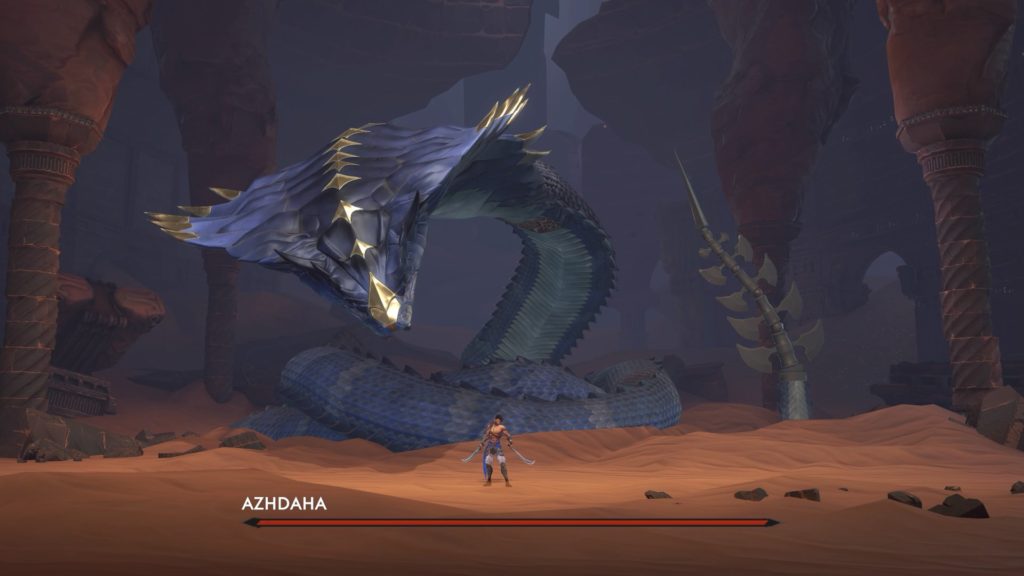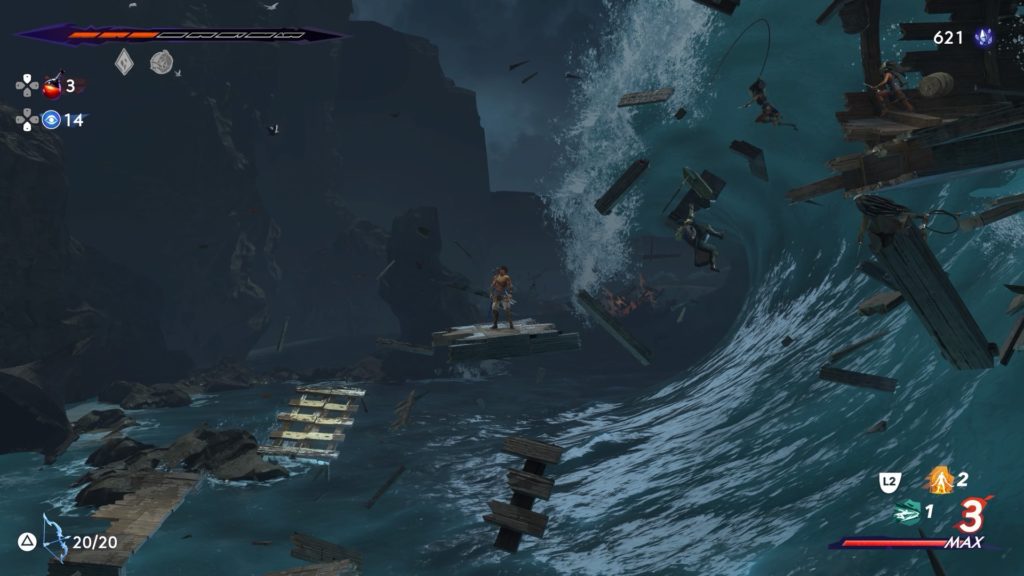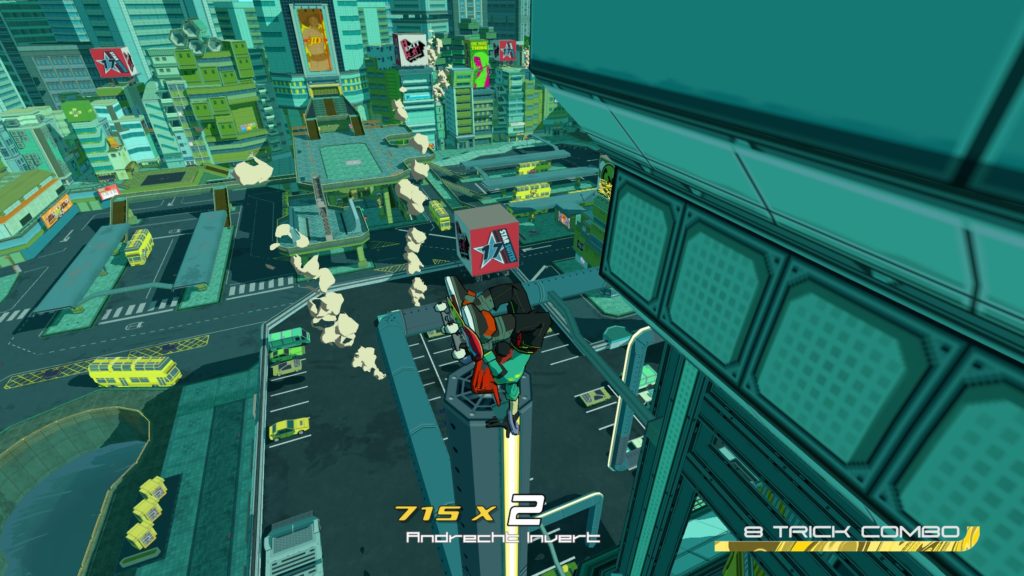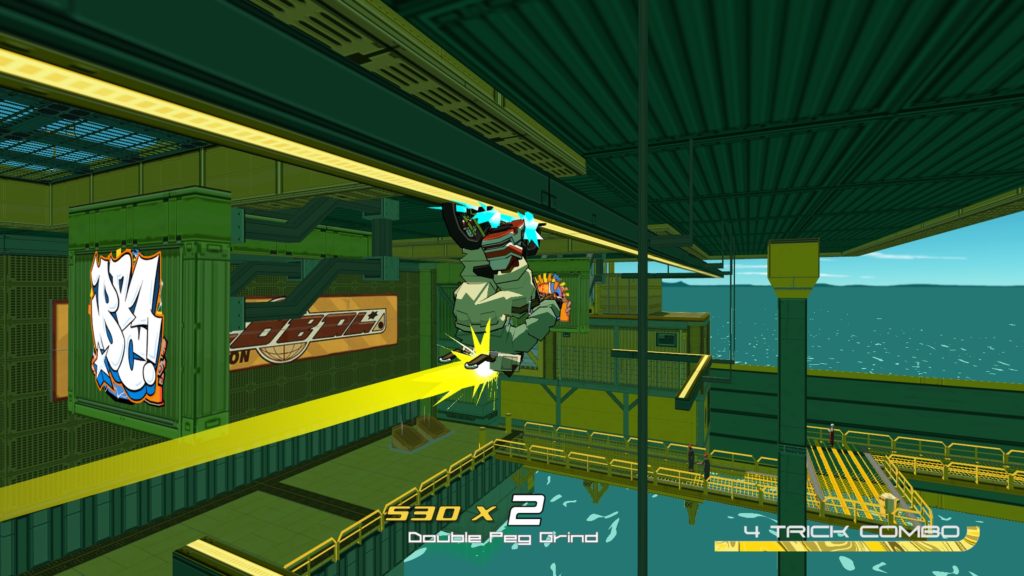- Genre: Action/Adventure
- Platform: PS5
- Also Available On: PS4, Xbox One, Xbox Series, Windows
I was pretty thrilled with the series’ change to JRPG in Yakuza 7: Like a Dragon but I wouldn’t like if I’m still a bit of a sucker for the series’ action gameplay in 1-6. I thought that the series had kind of reached its peak and didn’t need to explore more in the genre. Gaiden doesn’t necessarily change that feeling, but as a much smaller and quicker experience than core games in the series, it feels like a nice place to fall back into for a little while.
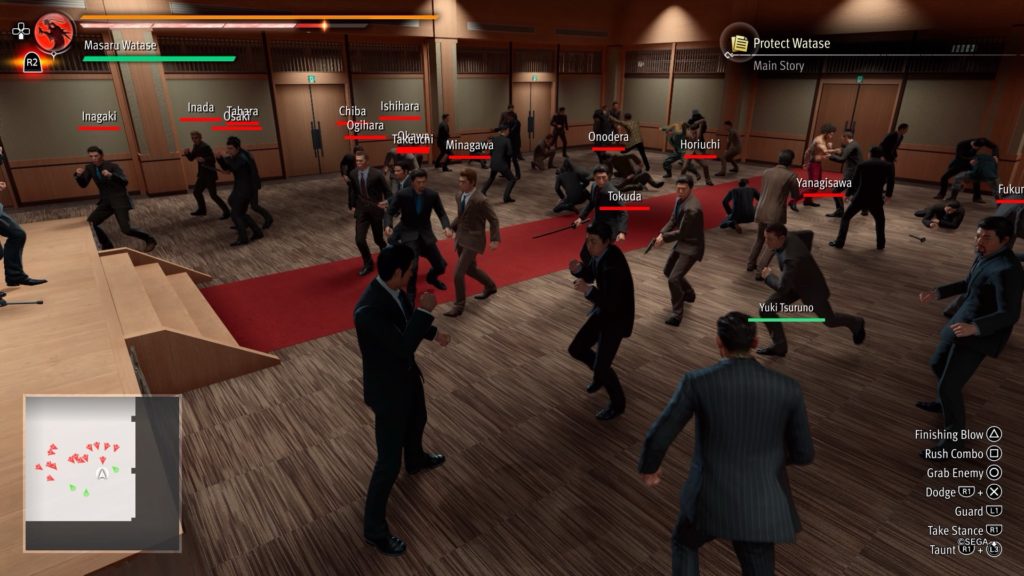
From a story perspective, this is an interesting one as it fills in a lot of the time gap between Yakuza 6 and roughly the mid point of 7, but as seen from the perspective of the series’ previous protagonist Kazuma Kiryu. In doing so, the change back to action gameplay makes a lot of sense. It’s a Kazuma story. It’s only focused on his actions, and not the actions of the Yakuza 7 party. From that perspective, you get thrown into a nice tight game. From a core perspective, I finished this one with a very heavy emphasis on completion and getting distracted in about 20 hours, which was about 30 hours less than my playthrough of Yakuza 0 and about 50 hours less than my playthrough of Yakuza 7.
The slimmer nature also extends to combat. The stance switching is still there, but it’s now only two styles. There’s the yakuza style which is more brawling-focused, and is a bit of a combination of some past styles with an emphasis on bigger damage at a slower pace. Agent style on the other hand is a speed and gadget-focused style new to this game. Of real note to me was the inclusion of a spider gadget that works surprisingly similar to the Marvel Spiderman web slinging, allowing you to do things like pull weapons to you, wrap enemies as a stun lock, or throw enemies across the map. It’s a surprising addition to the series that just works extremely well at giving a stance that has potential at range, while still being melee-focused from a core combo perspective.
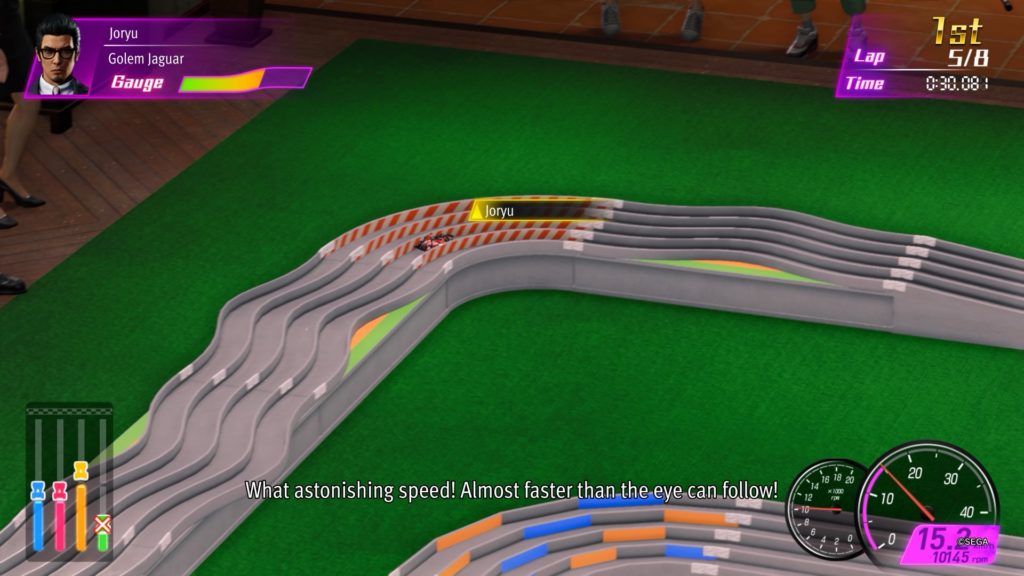
That said, where the story was pretty compact the game did not skimp on side content. These are again largely retreads of past games, which makes sense for a smaller side story, but there’s a lot of them. Billiards, darts, a number of board games, and gambling are all available as quick hitting distractions. The thing that’s surprising here is the amount of content available. Billiards has multiple types (9-ball, 8-ball, etc) AND a set of trick shot challenges. Darts has multiple game types as well as a range of collectable dart types that ultimately improve your throws. Gambling has multiple game types as well as different betting tiers to allow you to go against more difficult situations. There’s no reason for these side things to have any depth, but here we are. It’s a staple of the series and it’s been implemented to the standard depth even in a little side game.
Of particular note for me was the inclusion of pocket circuit from Yakuza 0/Kiwami. This is based on the mini 4WD RC car hobby where you can build out custom cars using a variety of different part types, and leave the car to drive through a set course as fast as possible. This as a side game was surprisingly deep, with track types built for different specialties like hill climbing, turning control, high speed, and more. Winning races was always a matter of figuring out what gimmick the track had, then testing a car configuration built around that, then going for victory. While it’s inherently a racing mode, the fact that you don’t have direct control of the cars made this feel like more of a puzzle game than anything else, which was hugely surprising.
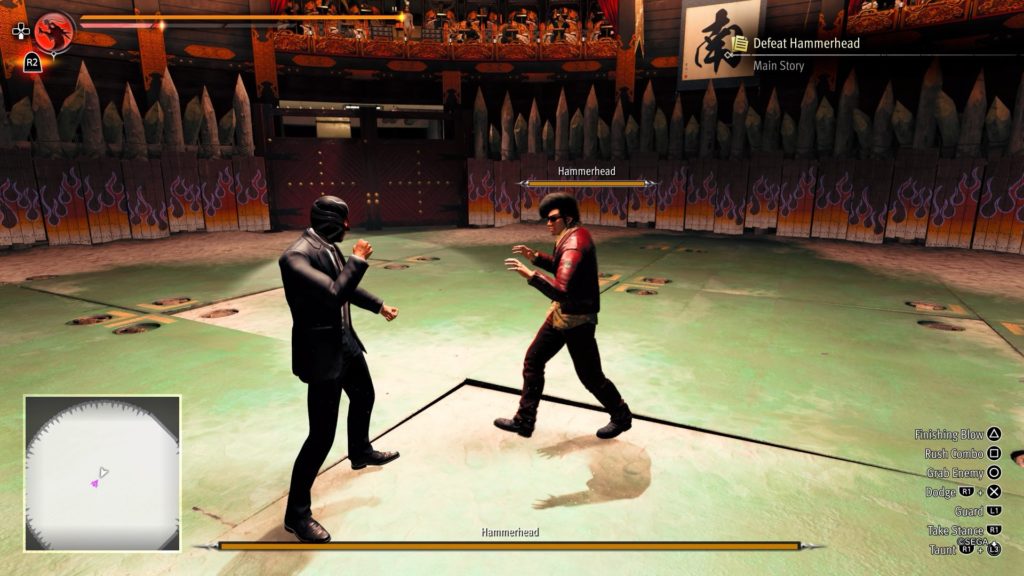
However, the biggest distraction in the game for me was the Coliseum. While this is a huge part of the core story of the game, it later unlocks as a wide-ranging arena mode for both solo and team play. While it definitely has some aspect of climbing the ranks through harder and harder fighters (and frankly, being the best money-gaining option in the game), the team mode was the thing that really caught my attention. This allows you to recruit people in the world and add them to your combat team, which you can then train through the ranks. Each person has some core specialty (damage, defense, healing) and some activatable skills, allowing you to play a little bit of party building to create a team whose capabilities best match your own style of play. This is again one of those systems that looks simple on the surface but has a surprising amount of depth.

I’m not surprised that I enjoyed this game given the past entries of the series that I’ve played. However, I am surprised at the level of content that Sega put into this. This was supposed to be a little side entry, so there was no reason for it to be something that I ultimately spent upwards of 30 hours in. It’s absolutely a core Yakuza game to me. It has a great golden path through the story. It’s got fun little side missions to complete. It’s got a ton of non-combat side content with a huge variety. It just is Yakuza, and it’s got me even more hyped to play Infinite Wealth in the near future.


